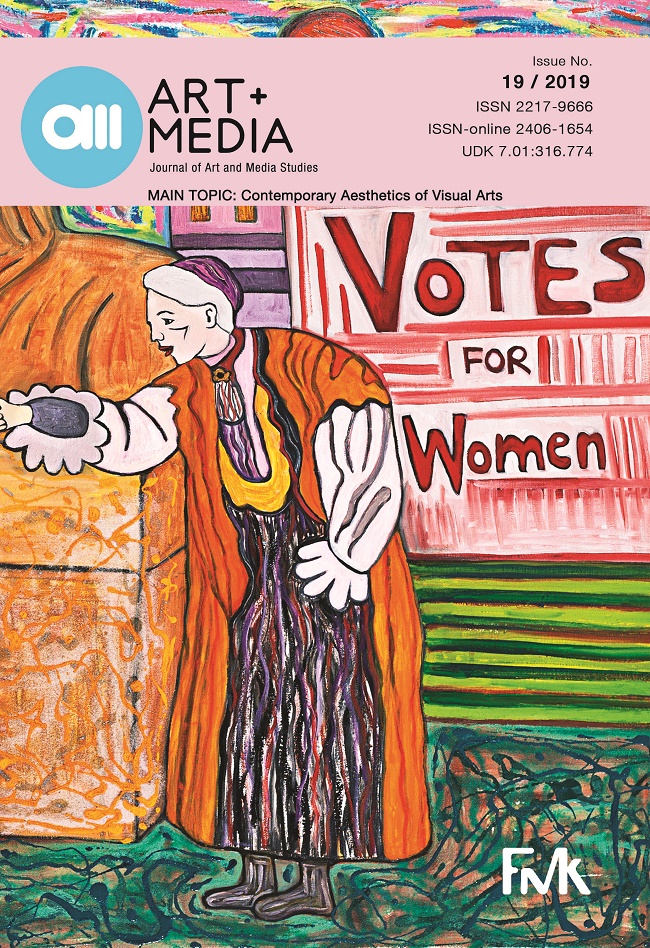On the Relationship of Landscape and Painting
On the Relationship of Landscape and Painting
Author(s): Gökhan Balik, Deniz Balık LökçeSubject(s): Visual Arts, Aesthetics
Published by: Fakultet za medije i komunikacije - Univerzitet Singidunum
Keywords: landscape architecture; anti-landscape; non-landscape; landscape painting; visual arts; artist
Summary/Abstract: This paper intends to sketch out how the understanding of landscape has changed today, using painting as an interpretative tool. As this paper argues, the contemporary sense of landscape is considered through historical, political, social, cultural, and aesthetic facets. Differentiating from the Kantian notion of landscape as an aesthetic category in the domain of visual arts, it has achieved multiple layers of meaning, rather than only referring to gardens and agricultural areas. The extent of the landscape began to change in the 19th century due to industrialization, exploration of new territories, and the development of technology, botany, and geography. Since the 20th century, the concept has also included immaterial constituents in addition to technological, cultural, and social developments. It has become a social construct as an expression of ideas, memories, imagination, and feelings. Pointing to an active and flowing system, rather than a static and visual one, today, the landscape is grasped as an interdisciplinary and collaborative production. It defies distinct urban zonings and proposes ambiguity, vagueness, and contradiction, as it expands the issue through the concepts of anti-landscape and non-landscape. Anti-landscape indicates marginalized and unsuccessfully man-modified lands, whereas non-landscape describes unused and neglected lands. This paper traces the shift of landscape as a dynamic force in the recent paintings of the contemporary Turkish artist, Yıldız Arun. Her works in landscape, anti-landscape, and non-landscape reflect immateriality and immanence as a dynamic and interactive system. In her paintings, the landscape emerges as an affective field of an internal order with a capacity to transmit affects and sensations in Deleuzian sense. It becomes a force field, which flows into a multiplicity of intensities, revealed by layers of colors, lines, and brush strokes. The juxtaposition of spirituality and materiality turns her canvases into generative fields of multiple encounters affected by each stroke. As this paper shows, the landscape does not point to a pre-defined, extrinsic, static, and visual area, but a force field in flux, with a capacity to produce potentials, reciprocal relations, and immanent affects.
Journal: AM Časopis za studije umetnosti i medija
- Issue Year: 2019
- Issue No: 19
- Page Range: 29-44
- Page Count: 16
- Language: English

